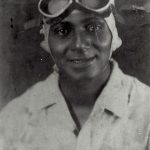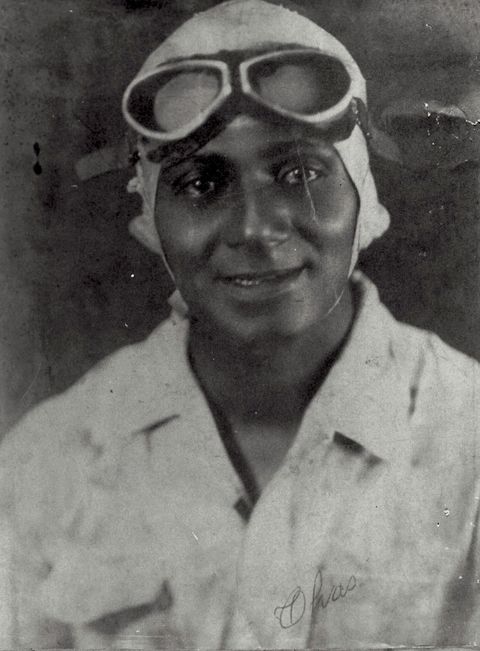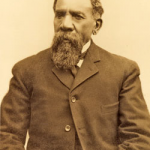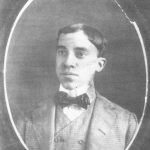Charlie Wiggins, a race car driver and engineer, challenged the segregation in auto racing in the early 20th century. His legacy on the race track was secured by his success at the Colored Speedway Association’s Gold and Glory Sweepstakes race in Indianapolis, which he won four times between 1924 and 1936.
Wiggins was born in Evansville, Indiana in 1897, an area where the Ku Klux Klan was entrenched. As a young man, he shined shoes in front of an Evansville auto repair shop, where he quickly learned to diagnose vehicle problems as they drove onto the lot. He was hired as a mechanic’s assistant and when the U.S. draft for WWI opened, most of the shop’s employees were called to war. As a result, Wiggins landed a job managing the shop floor.
Around the same time, he married Roberta, a fashion model with a career on the rise. Together, they moved to Indianapolis for better opportunities. Wiggins found work at an auto body repair shop in downtown Indianapolis, which he later purchased. Wiggins’ garage was a gathering spot for young men of all backgrounds who were enthralled by the speed of the modern automobile. This included future Indy 500 winner Bill Cummings.
As Wiggins’ shop and reputation were growing, the Indianapolis 500 was a new, but instantly popular, event. In 1920, Wiggins designed his own “Wiggins’ special” car with the hopes of participating in the Indy 500 that year. He studied the race cars of 2003 AHF Inductee Harry A. Miller as well as European Grand Prix cars. The Indy 500 rejected Wiggins’ 1920 application because of the color of his skin.
Wiggins, undeterred, joined the Colored Speedway Association for black race car drivers in the Midwest. The association was funded by William Rucker, a wealthy promoter with a passion for politics. The success of the Colored Speedway Association lead to the birth of its own race. The first race occured at the Indiana State Fairgrounds on July 4, 1924. The event attracted a sold-out crowd of 12,000 spectators.
These races were reported in black newspapers across the Midwest. One journalist from the Chicago Defender famously wrote about the racers saying, “they are racing for the Gold and the Glory,” which inspired the association to name the event “The Gold and Glory Sweepstakes.” The event ran from 1924 – 1936, and Wiggins was crowned champion four times driving cars he built himself, often beating drivers in hand-me-down Indy cars.
Although Wiggins was not allowed to stand in Victory Lane with his fellow crewmates after helping to engineer the winning car for the 1934 Indianapolis 500, his role was respected by the entire racing community. He spent the rest of his life supporting and encouraging young black racers to compete at the highest level. The nobility of Charlie Wiggins stood against the prejudice of his time and surroundings. Whether his victories were obvious or not, Wiggins was a lifelong champion.





